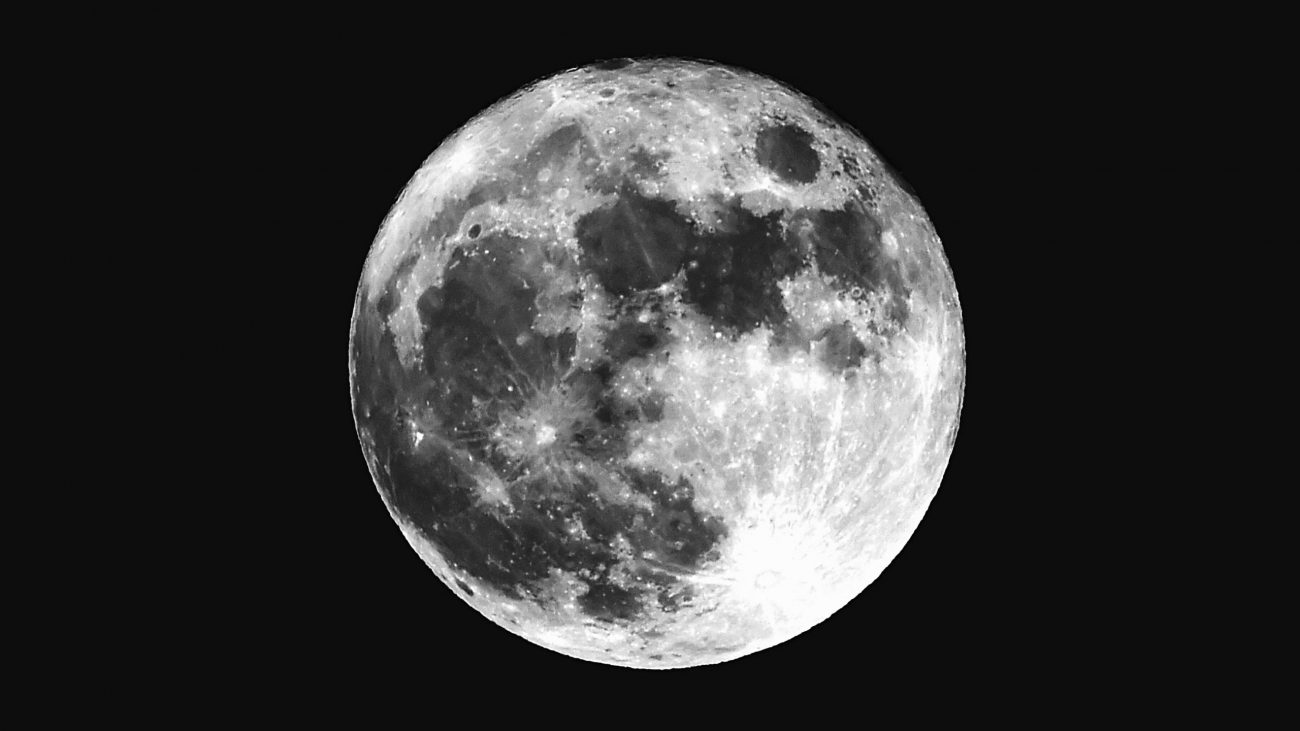By: Group Captain Arvind Pandey (Retd)
India has decided to join the Artemis Accords, which brings like-minded countries together on civil space exploration. NASA and ISRO have agreed to a joint mission to the International Space Station in 2024, the White House said in a recent statement.
YOU MAY LIKE: NASA-ISRO Deal: 2nd Indian In Space Likely In 2024 After Rakesh Sharma’s Historic Sojourn On Soviet Spaceship
“On space, we will be able to announce that India is signing the Artemis Accords, which advance a common vision for space exploration for the benefit of all humankind,” a senior administration official said hours before the meeting between Prime Minister Narendra Modi and President Joe Biden in the Oval Office.
Artemis Campaign
International cooperation in space travel has been a crucial element of the accomplishments NASA has made throughout its history, and the Agency’s Artemis program depends on this cooperation.
By the end of 2025, the Artemis campaign hopes to put people on the moon, with crewed flights to Mars following in the 2030s.
The Agency’s goals are predicated on extensive collaboration and collaborations with foreign space agencies and organizations that have committed to the Artemis endeavor over the long term or are in the process of doing so.
The Artemis Accords, a non-binding international pact founded on the 1967 Outer Space Treaty, serve as a roadmap for civil space research and sustainable utilization.
Most of NASA’s international agreements are coordinated with foreign government agencies but may also involve a foreign non-governmental organization. All cooperation must be in line with US foreign policy goals, and each partner pays for their contributions.
Partnerships on NASA projects must be technically and scientifically sound, show clear Agency advantages, and meet mission directorate goals.
Artemis Accords
The Artemis Accords lay out guidelines for cooperation between civil space agencies and governance regarding the use of space, including the Moon, Mars, comets, and asteroids, to improve operational safety, lessen the uncertainty, and support its beneficial and sustainable use for peaceful purposes.
The Artemis Accords place a strong emphasis on global cooperation. Participating nations are urged to work together by exchanging information, materials, and scientific data. This advances science and ensures that everyone gains from lunar exploration.
The Accords were initially signed on October 13, 2020, by the United States, Australia, Canada, Italy, Japan, Luxembourg, United Arab Emirates, and the United Kingdom. India becomes the agreement’s 27th signatory in June 2023.

Signatories Of The Artemis Accord: Source NASA
According to a study, between 2012 and 2025, NASA expects to spend roughly $93 billion on the Artemis missions. When compared to the ISS program, where partners contribute about 25% of the costs incurred to operate the US section of the ISS, just 6% of the overall expenditures are currently covered by international partners.
In the future, international partners may be requested to contribute a bigger percentage of the costs due to the Artemis missions’ broader scope compared to the ISS.
Joining The Accord
The Artemis mission has continued without significant issues, even though Russia and China, two nations with extensive space programs, have declined to join and instead criticized the agreements.
Even though several significant non-NATO allies have signed on to the agreements, India’s absence has been notable and even more so, given that the country considered participating in the agreements for well over a year.
Indian Capabilities And Dilemma
India’s capabilities in space affairs significantly outshine its emerging know-how in other areas and compete with the best in the world, which is why space deserves to be treated as a major vertical in its own right.
For instance, when broadband satellite internet service OneWeb was denied launch services by the Russian space agency Roscosmos, ISRO swiftly changed its course.
Within a few months of Russia’s denial, ISRO was able to launch the satellites for OneWeb. In addition, it is getting ready to launch the solar scientific mission Aditya-L1 to study and observe the sun. This mission will use a high-quality coronagraph payload, which has the potential to transform solar astronomy.
ISRO wants to become one of the few space actors to successfully test and use a reusable heavy-lift rocket called the Next Generation Launch Vehicle, along with SpaceX and possibly China Aerospace Science and Technology Corporation.
Space cooperation needs to be elevated to a level that reflects the capabilities of both India and the United States, despite India’s space expertise trailing that of the United States.
Hand Holding By The US
It will be necessary to be clear about internal policy stances as India pushes towards various international technological alliances under the iCET and the I2U2 Group. The Artemis Accords would not be any different despite their more limited scope.
Similarly, the United States should think about strengthening the alliance of nations that may be interested in space exploration by addressing issues like each participant’s potential contribution, funding, and export control measures.
The United States is the leading global pioneer in space exploration. When making scientific advancements, space has always gripped and propelled the imagination. Now might be the right moment to make the same changes to policies.
- Group Captain Arvind Pandey(Retd) is a geospatial intelligence professional. He is trained in the full spectrum of imagery analysis in aerial and space-borne sensors and has vast experience creating geospatial infrastructure.
- Reach out to the author at arvind.pandey65@outlook.com
- Follow EurAsian Times on Google News